You think you know your cat. You’ve memorized their favorite nap spots, decoded their feeding schedule, and mastered the art of finding their hidden treats. Yet when your furry friend opens their mouth to speak, you’re often left wondering what exactly they’re trying to tell you. Scientists have documented numerous different feline vocalizations, each carrying its own unique message.
Understanding your cat’s vocal language isn’t just about satisfying curiosity. It’s about recognizing when that innocent meow might actually be a cry for help or when those adorable chirps signal pure contentment. Let’s explore the fascinating world of feline communication and discover which sounds should send you reaching for the car keys.
The Classic Meow: More Complex Than You Think

Adult cats almost exclusively use meowing to communicate with humans, making it their primary way of talking directly to you. This juvenile vocalization typically fades away as wild cats mature, but domesticated cats maintain this endearing vocalization throughout their adult lives because they think of themselves as our eternal offspring.
The beauty of meowing lies in its incredible variety. Rapid-fire meows mean “hey, pay attention to me, I’m talking here!” while a longer, more plaintive “meowww” can indicate worry, annoyance, or objection to something. A high-pitched meow from a cat usually indicates that they are startled, hurt, anxious, or surprised.
Sometimes a cat meow can indicate anxiety, boredom, frustration, or even illness, particularly if it’s lower-pitched and more drawn out. Think of meows as your cat’s Swiss Army knife of communication.
Purring: The Misunderstood Vibration
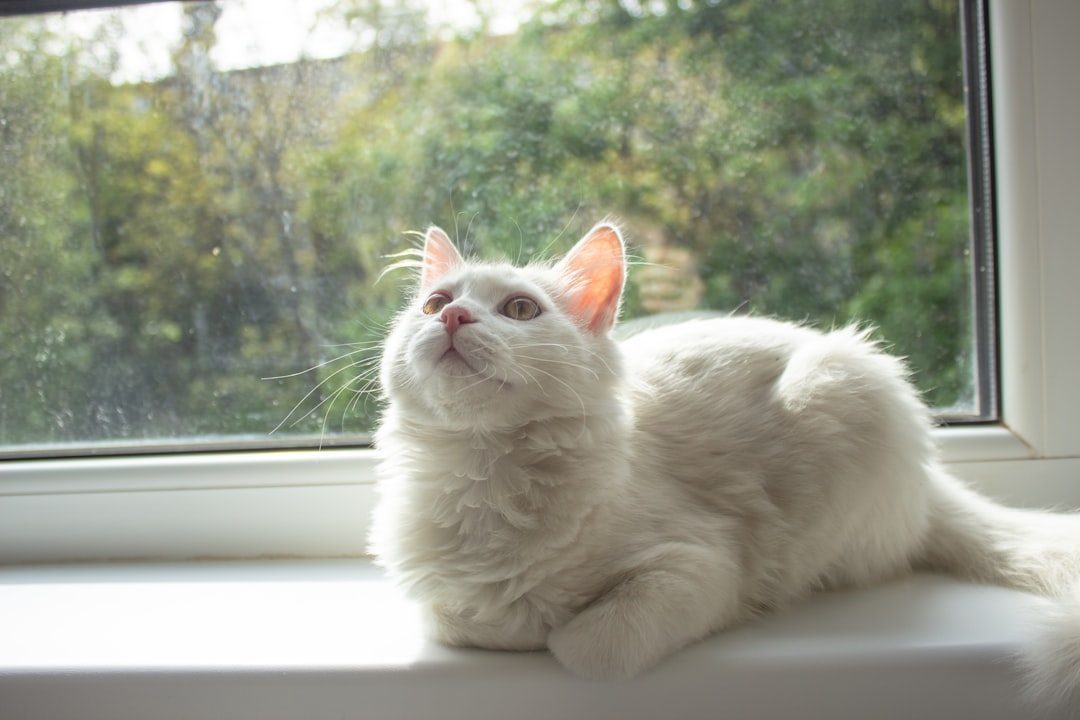
Most people associate purring with happiness, and they’re often right. Purring is a low, continuous, rhythmic tone produced during breathing, but while most recognize it as a sign of contentment, purrs can also mean that a cat is scared, sick, or in pain.
Purring can be a sign of contentment brought on by petting or verbal attention, but it’s also used as a form of self-soothing, which is why cats often purr when injured or in scary situations. Some cats use a special “solicitation purr” with a high frequency, almost like a cry, described as a mix between a purr and a meow that taps into your instinct to tend to your cat.
Like all feline communication, purring must be evaluated in context with the cat’s body language. A purring cat with flattened ears and tense posture might be communicating distress rather than joy.
Trilling and Chirping: The Happy Hello
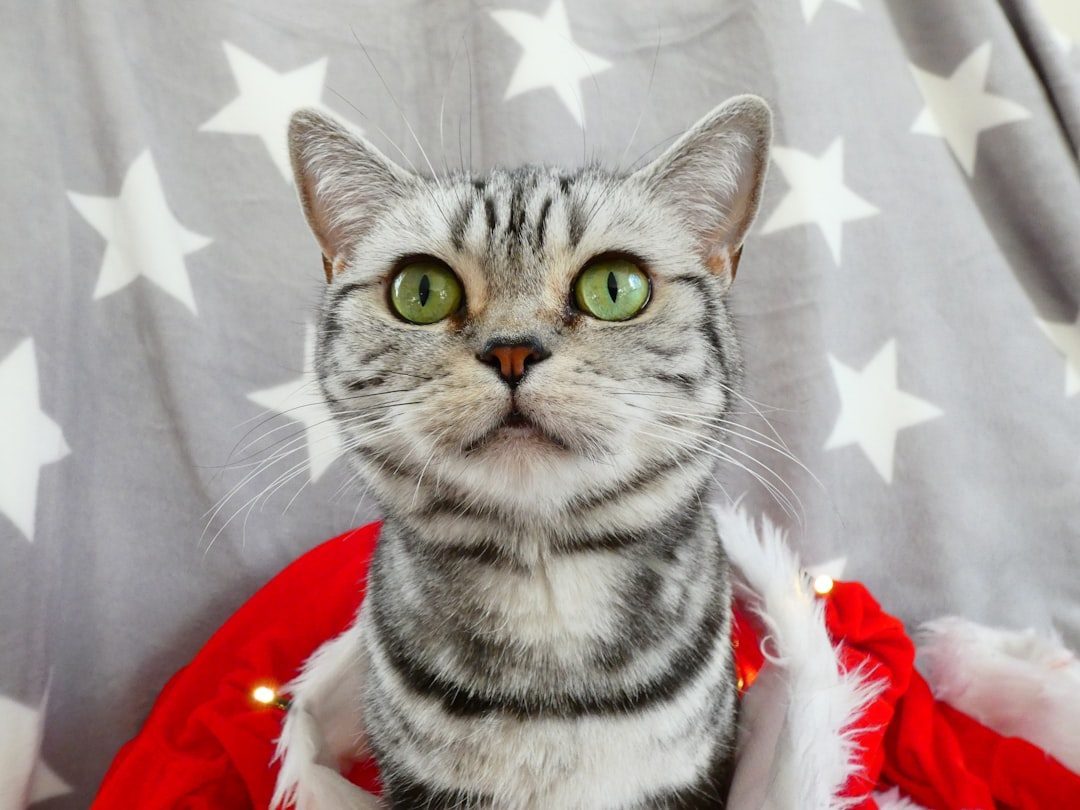
Cat trilling is a vocal form of communication that cats use to “talk” to other cats, humans, and other animals, described as a high-pitched, repetitive noise that comes out in short bursts. The cat chirp, also known as a chirrup or a trill, is a short, peep-like sound that’s very similar to a songbird’s warble.
Chirps are “generally used for greeting, attention, acknowledgment and approval” and function as a high-pitched “Hello!” to their person. Cats trill when they see or approach a familiar and well-liked person, cat, or other animal, with studies showing it’s specifically associated with positive and familiar situations.
Chirps and trills are how a mother cat tells her kittens to follow her, and when aimed at you, it probably means your cat wants you to follow them, usually to their food bowl. These sounds represent some of the most positive vocalizations in your cat’s repertoire.
Chattering: The Frustrated Hunter
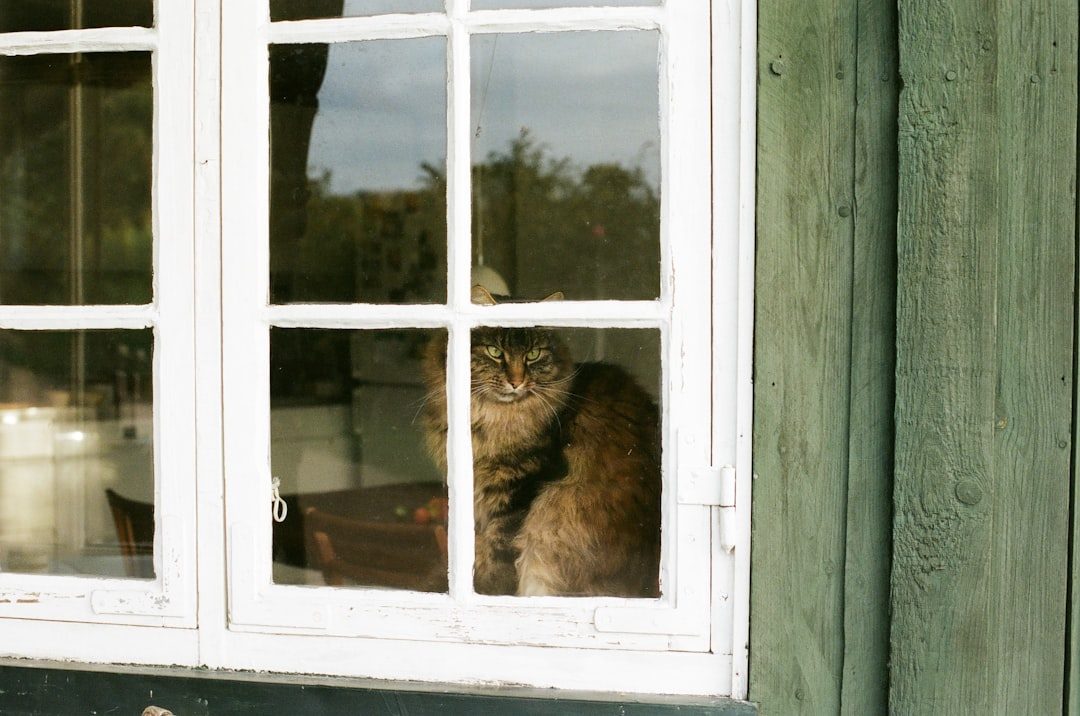
Chattering, also called twittering, is a low smacking sound produced by rhythmic clashing of the jaws that is usually voiceless, occurring when a cat spots prey that’s out of their reach. Chattering, chittering or twittering are the noises your cat makes when sitting in the window watching birds or squirrels, usually translating to excitement or contemplating snack time.
This fascinating behavior showcases your cat’s predatory instincts in action. Chattering is when a cat quickly opens and closes their mouth, creating a soft clicking sound with little to no vocalization, often a mix of hunting excitement and frustration at not being able to pounce.
If your cat chatters at you, it likely means something different – chattering combined with pacing or a flicking tail is a signal that your cat needs a break from interaction. Context matters enormously with this vocalization.
Growling: The Warning System
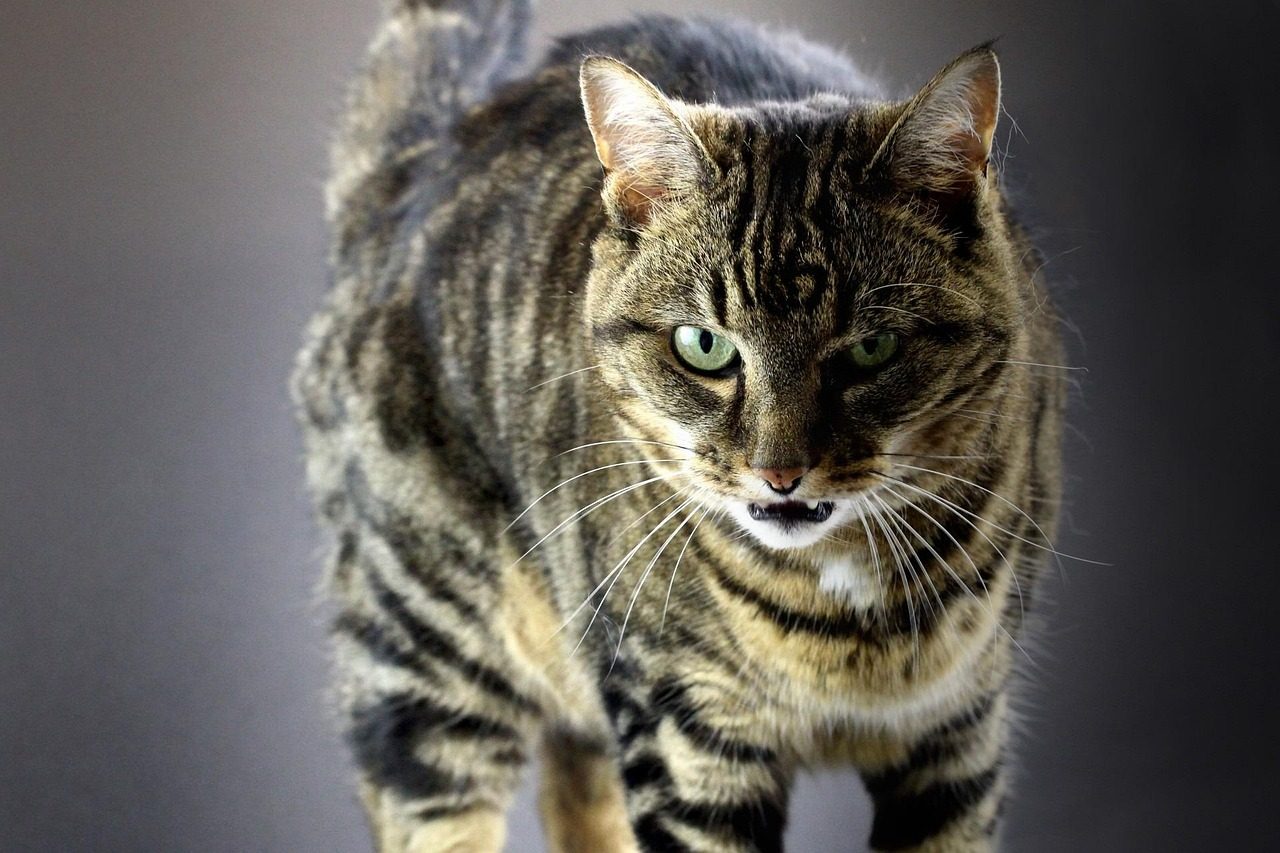
A growl is a low, rumbling sound used to warn or scare off a threat, directed toward humans or other cats, indicating that a cat feels threatened, frightened, or is about to become aggressive, with the sound often increasing as fear grows.
A snarl is louder, shorter, and higher pitched than a regular growl, coming with bared teeth, where a growling cat takes a quick, deep breath then suddenly stops with a sharp “o” sound, accompanied by an upright, tense body posture, intense eye contact, and a swishing tail.
When you hear growling, respect your cat’s boundaries immediately. They’re communicating clearly that they need space and feel threatened. Ignoring this warning could escalate to more aggressive behaviors.
Hissing: The Ultimate “Back Off” Signal
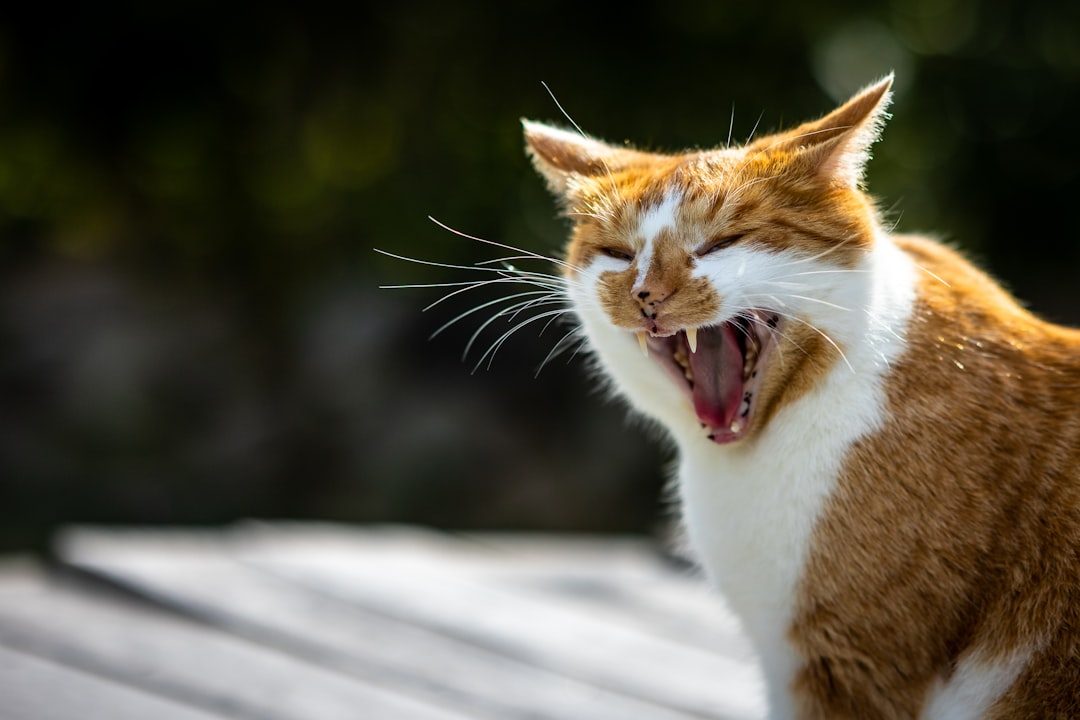
A hiss is a low, drawn-out sound produced by rapid exhalation of air from the mouth, and a hissing cat will have their mouth open and teeth exposed, often as an involuntary reaction when surprised by a perceived threat. Hissing cat sounds are a clear warning that a cat feels threatened or frightened.
Like growling, hissing is used as a warning and is often accompanied by fear-related body language, including an arched back, flattened ears, twitching tail, and puffed-up hair. When a cat growls or hisses, they are saying they do not give consent to whatever action is happening and are essentially telling you to “back off”.
When your cat hisses, give them space and avoid crowding them, as this can heighten their anxiety, and try to identify the source of the stress. This sound demands immediate respect for your cat’s emotional state.
Yowling and Howling: Distress Signals
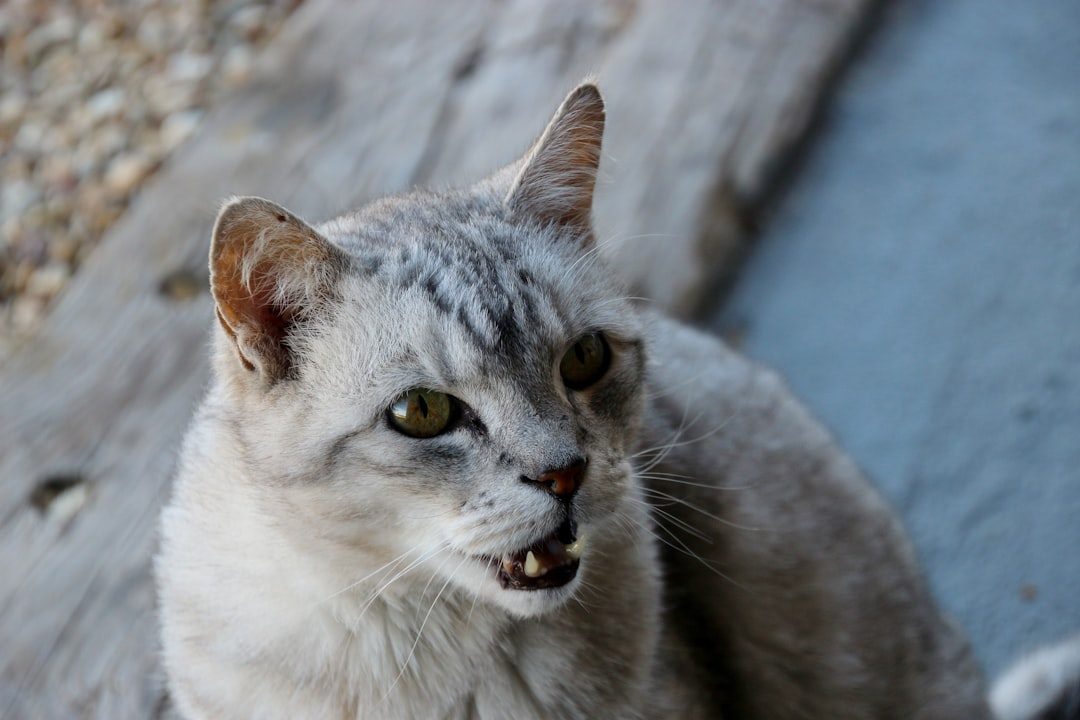
Often described as a louder, longer meow, a yowl is a drawn-out sound cats make, with howls being similar but typically shorter in duration, both being signs that a cat is in distress from physical pain, illness, or emotional distress from worry, frustration, boredom, or confinement.
A yowl or howl tells you your cat is in some kind of distress – stuck in a closet, looking for you or in pain – and you should find your cat if they’re making this noise. Elderly cats may yowl if they suffer cognitive dysfunction syndrome or dementia, and cats may yowl when the family is away due to separation anxiety.
A yowl is a long, deep, drawn-out cry that could mean your cat is feeling anxious, like when they yowl at night, and cats may make this sound when in pain, with a cat yowling in the litter box potentially having kidney stones or a urinary tract infection. These sounds deserve immediate investigation.
Caterwauling: The Mating Call

A caterwaul is a loud, long whine made by unspayed females to attract prospective mates while in heat. Associated with mating behaviors, caterwauling is loud and intense, typically heard from unspayed or unneutered cats, and can also be a territorial cat calling sound as cats vocalize to warn other cats of their presence.
You’ll hear a lot more yowling if your cat hasn’t been spayed or neutered, with female cats yowling when in heat to attract a mate, and unneutered males yowling to announce their search for a female cat. This distinctive sound is impossible to miss once you’ve heard it.
If your spayed or neutered cat suddenly begins caterwauling, it could indicate a medical issue requiring veterinary attention. This behavior change warrants professional evaluation.
Silent Meowing: The Whisper
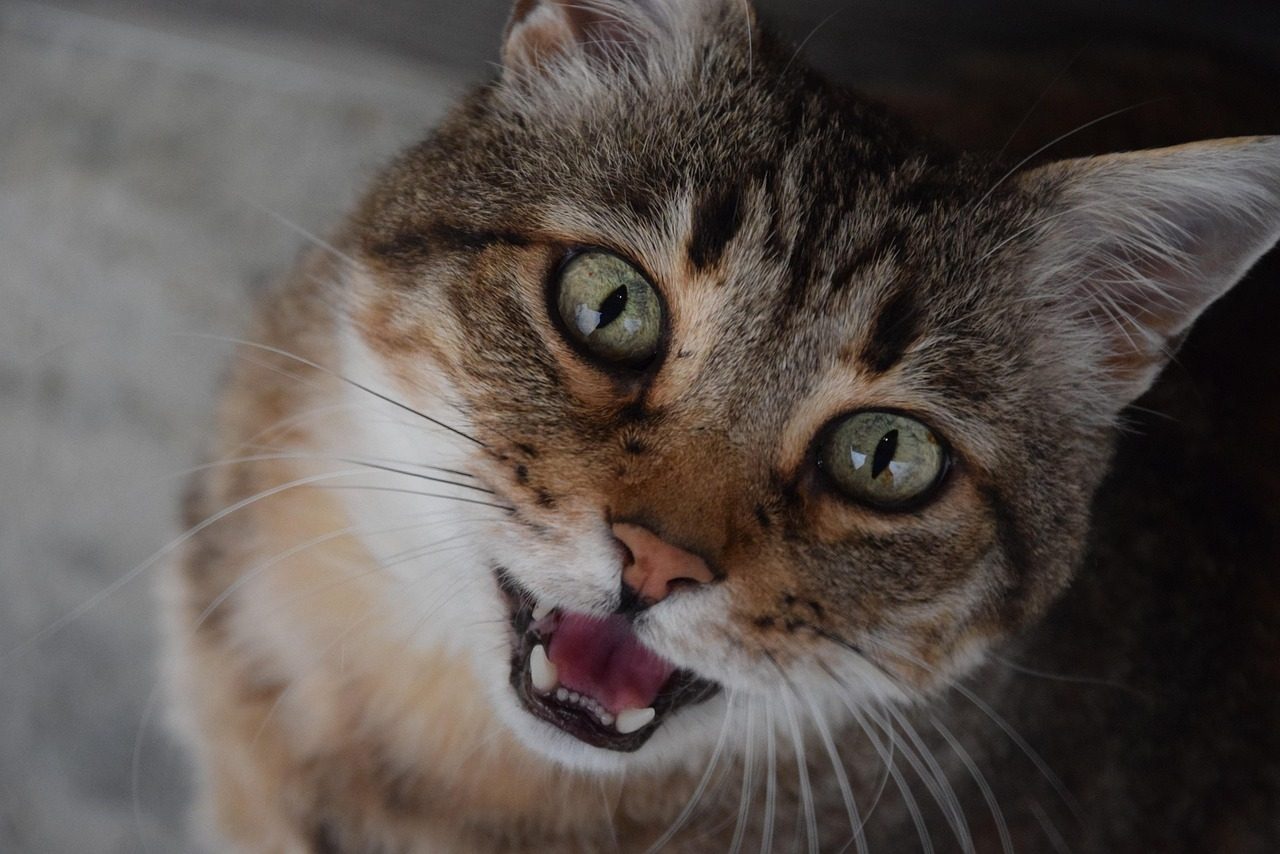
Some cats appear to meow without making any sound, opening their mouths in a meowing motion but producing no audible vocalization. This “silent meow” often represents the ultimate expression of trust and intimacy between cat and owner.
Silent meowing typically occurs when your cat is very close to you and feels completely secure. It’s often reserved for special moments of connection and can be your cat’s way of communicating something particularly important or affectionate.
Some might meow in more of a rasp or croak – or even meow silently – but this is generally nothing to worry about, though if your cat’s meow or behavior suddenly changes, it’s a good idea to visit your vet. Context and sudden changes matter more than the specific sound.
NEVER IGNORE: Sudden Difficulty Breathing or Open-Mouth Breathing
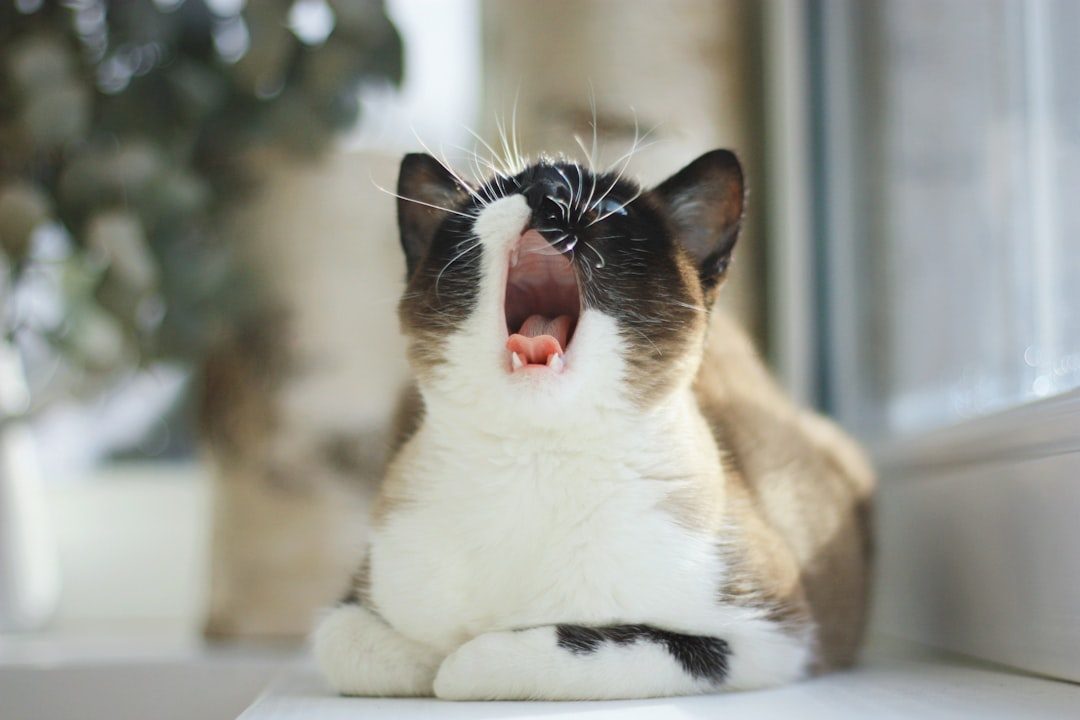
Cats don’t tend to make a big fuss when in breathing distress and are unlikely to make any noise, often hiding, with signs including an elongated neck, laying on their front with elbows out, increased chest movement, breathing through an open mouth, and blue-tinged gums.
Cats generally breathe through their noses, so if they are breathing with their mouths open or panting this is a concern and they should be assessed quickly. Open-mouth breathing or panting, particularly when not associated with stress or heat, represents a true emergency requiring immediate veterinary care, as cats should typically breathe through their noses.
Breathing issues in cats are always a cause for concern, with excessive panting, gasping for air, or signs of labored breathing requiring immediate medical attention as they could indicate respiratory infections, asthma, or heart disease. This is a genuine emergency that demands immediate action.
NEVER IGNORE: Painful Vocalization During Urination
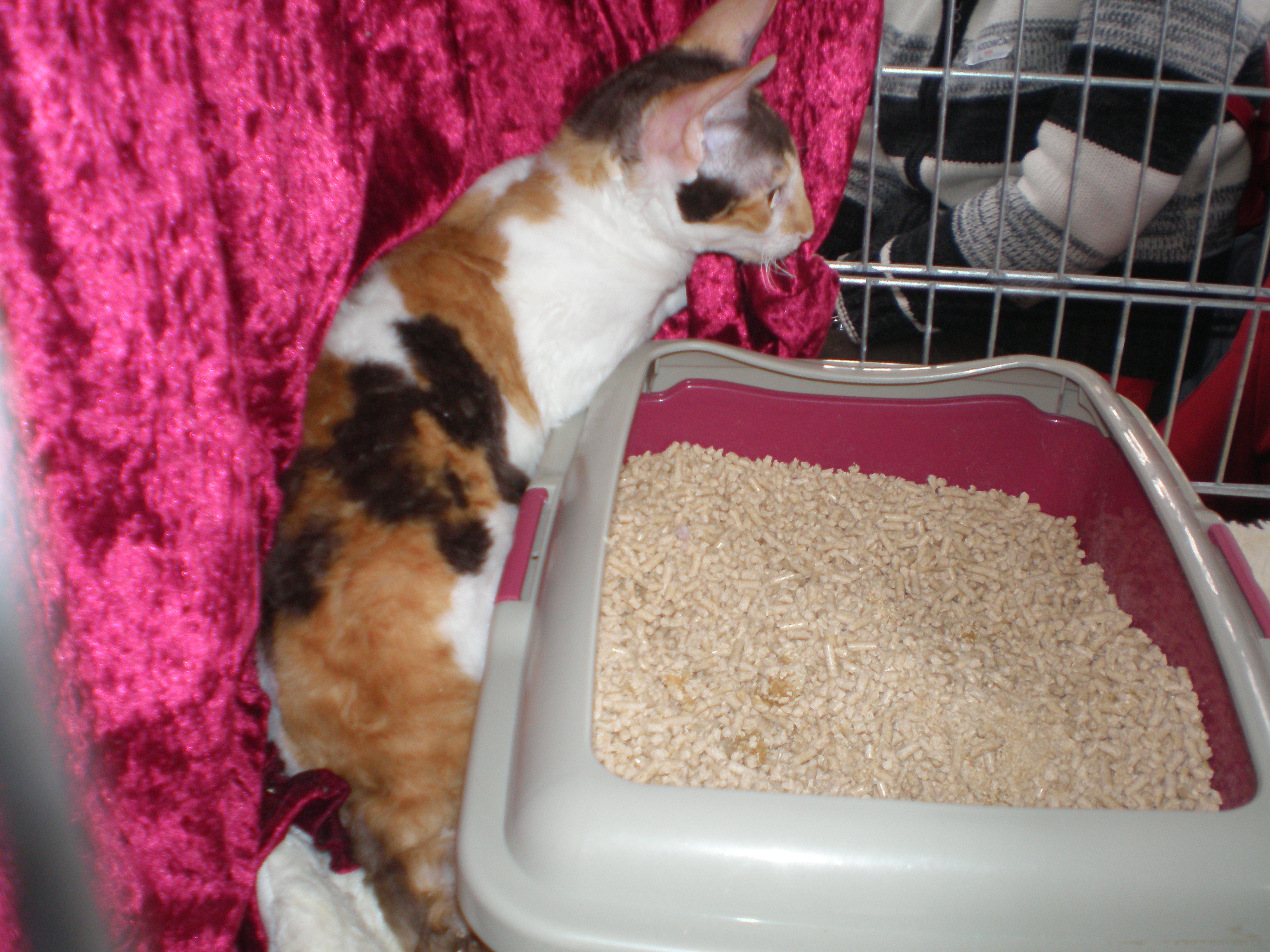
If you notice your cat repeatedly visiting the litter box, straining without producing urine, or vocalizing during attempts to urinate, seek veterinary care immediately. Commonly seen in male cats, a blockage in the penis or urethra can cause acute kidney failure, and if your cat is frequently going to the litter box and not producing urine or only producing small drops, this condition can result in extreme suffering and death if not addressed right away.
Excessive grooming “back there” with the penis sticking out is really dangerous and typically indicates a feline urethral obstruction or urinary blockage. These vocalizations combined with straining behavior create a veterinary emergency that cannot wait.
Be careful not to confuse the straining with constipation, which can cause similar behavior, but always contact your veterinarian quickly if you think your cat might have a urinary blockage. Time is literally life-saving in these situations.
NEVER IGNORE: Vomiting with Blood or Persistent Episodes
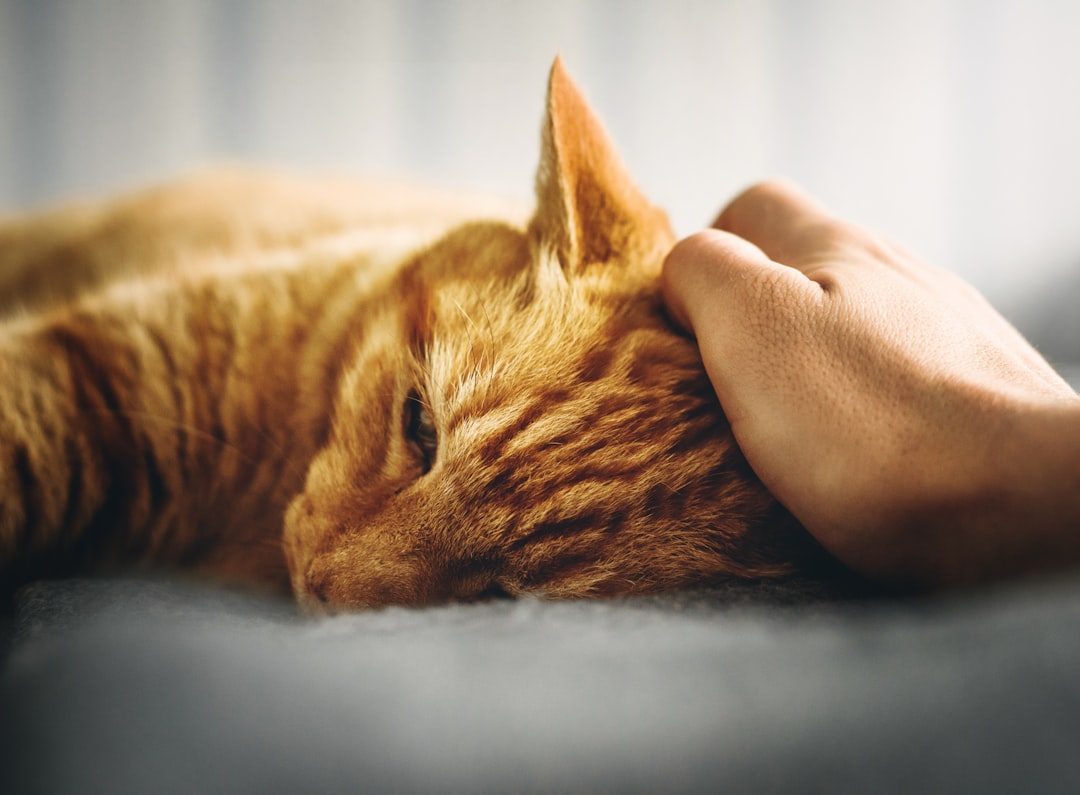
Vomiting blood (which may appear bright red or look like coffee grounds) always requires emergency care, and projectile vomiting or vomiting with diarrhea can quickly lead to dangerous dehydration. Multiple vomiting episodes within a few hours could signal a serious problem, with most veterinarians considering three or more vomiting episodes within 24 hours concerning.
While occasional vomiting may not be unusual for cats, severe vomiting multiple times within an hour is cause for immediate concern as this level can quickly lead to dangerous dehydration and may indicate a serious blockage or other critical condition. The frequency and severity matter enormously.
Call your veterinarian immediately if your cat cannot keep water down, as they may need professional fluid therapy to prevent dangerous dehydration. Don’t wait to see if it resolves on its own when blood is involved.
NEVER IGNORE: Seizures or Sudden Collapse
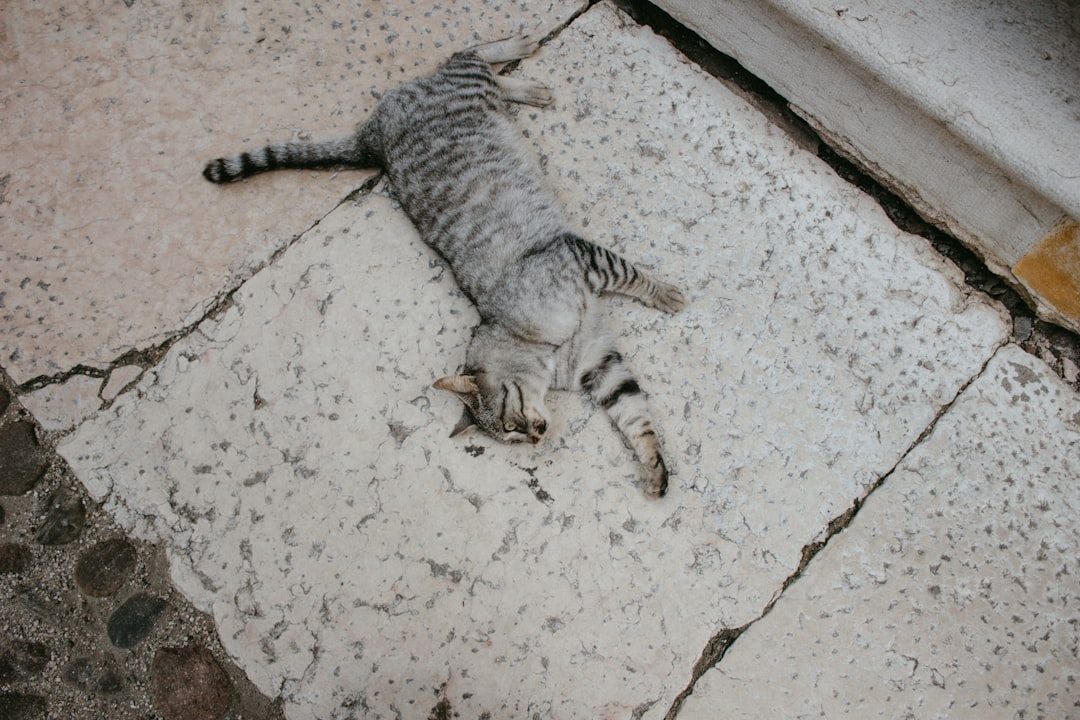
Seizures are quite dangerous in cats and should be considered an emergency. If your cat collapses and cannot stand, you must contact a veterinarian immediately as it could mean a problem with their heart, lungs, brain, or blood circulation. If your cat suddenly becomes unable to stand or collapses, this indicates potentially serious problems with their heart, lungs, brain, or circulation and requires immediate emergency veterinary assessment.
Seizures or collapses are alarming signs that something is seriously wrong, as seizures can result from various conditions including epilepsy, toxins, or metabolic disorders, and if your cat has a seizure, remains unconscious, or collapses, urgent veterinary care is necessary.
A single brief seizure where the cat fully recovers may not need emergency care, but repeated or prolonged seizures require immediate veterinary attention. Trust your instincts – when something looks this serious, it usually is.
NEVER IGNORE: High-Pitched Cries of Pain
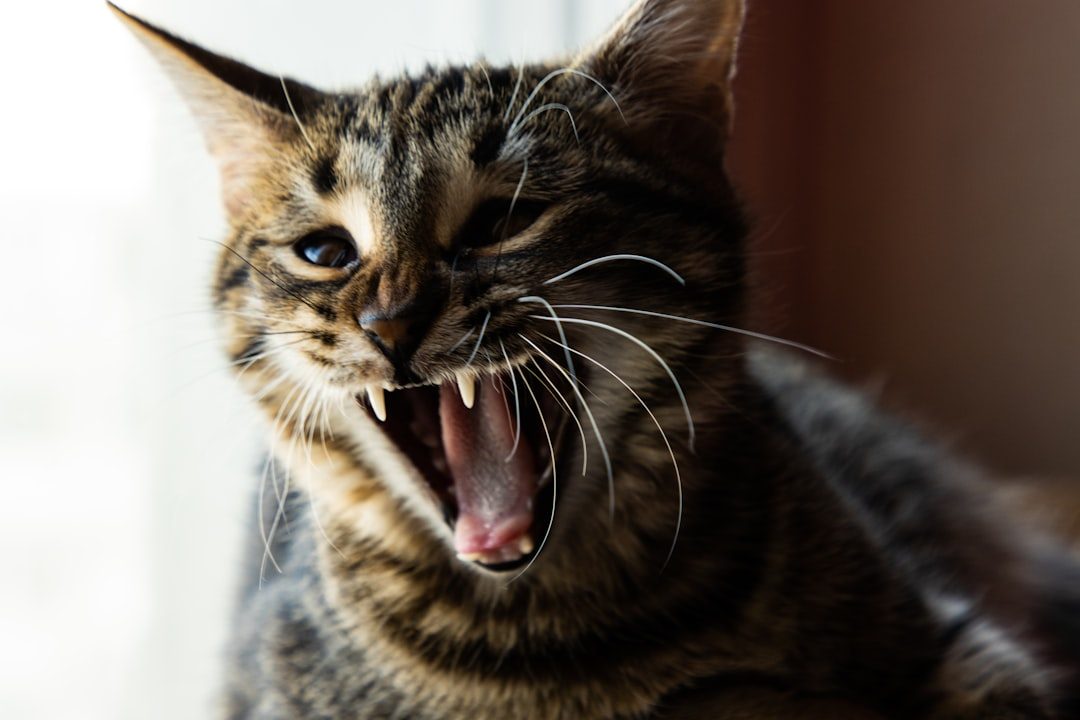
Cats who are in pain will usually cry when they’re touched, and a sudden onset of this type of behavior may mean you should take your cat to the emergency vet, especially if it is paired with anything else from emergency warning lists. These vocalizations differ significantly from normal communication sounds.
Pain vocalizations are typically sharp, high-pitched, and occur in response to movement or touch. Unlike regular meowing or even yowling, these sounds have an urgent, distressed quality that’s unmistakable once you hear it. They often accompany visible signs of discomfort like hunched posture or reluctance to move.
Increased vocalization, particularly new or unusual sounds, can signal discomfort, confusion, or distress. When pain sounds begin suddenly or intensify rapidly, immediate veterinary intervention becomes crucial for your cat’s wellbeing.
Building Your Cat Communication Skills
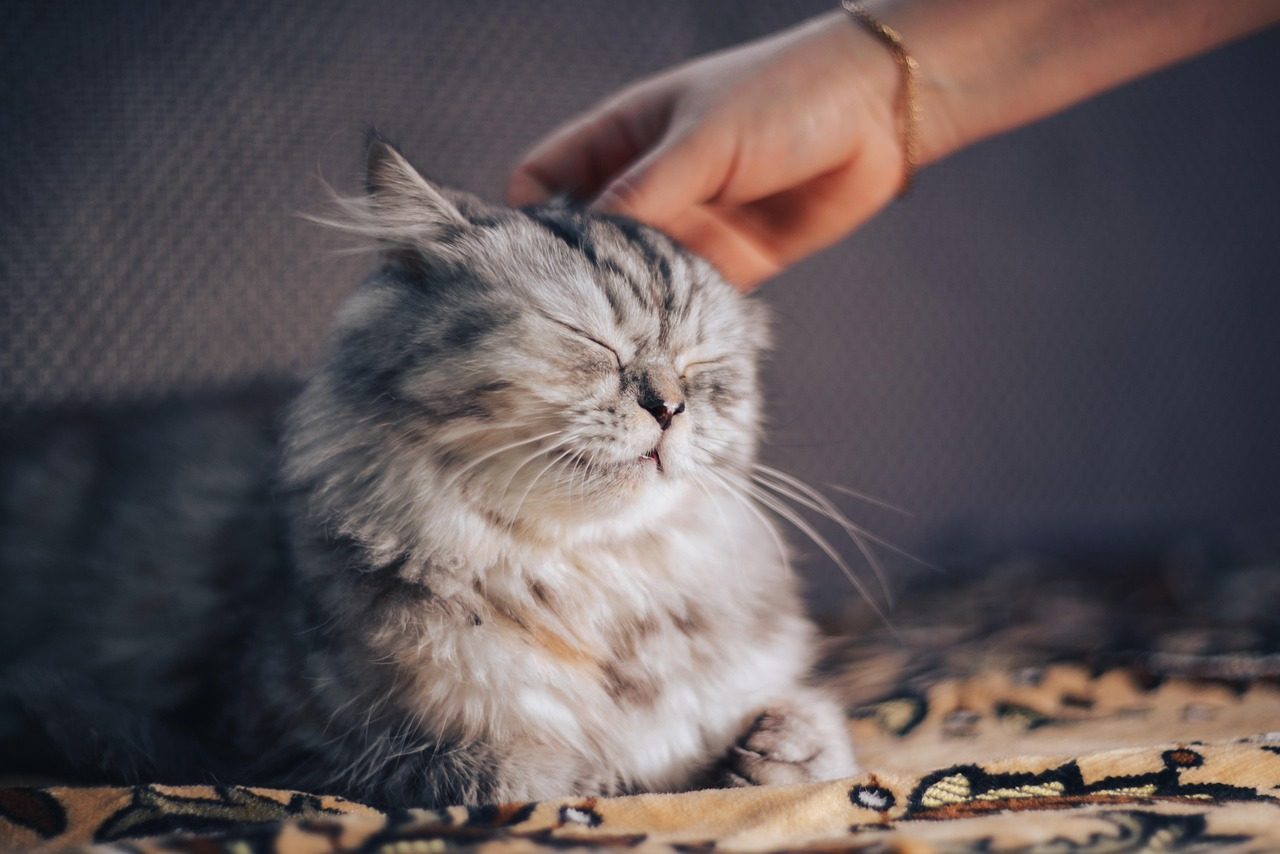
Understanding your cat’s vocalizations is an ongoing journey that deepens your bond. You can better understand your furry friend by paying attention to their vocalizations, body postures and daily routines, and in time, you may become so attuned to your kitty’s personality that you’re able to detect subtle changes in their mood and recognize health problems before physical signs appear.
Each cat is unique, and while we have standards to assign names and meaning to their vocalizations, breed, personality, history, and circumstance can impact that meaning, so it’s important to familiarize yourself with their normal behavior including vocalizations. Your cat’s individual voice becomes clearer with time and attention.
By understanding what the meaning of cat sounds is, you can respond appropriately, making your cat feel safe, loved, and understood, and if you’re ever uncertain about a cat sound or notice changes in behavior, consult a veterinarian. The investment in learning pays dividends in your relationship.
Your cat’s voice carries more meaning than you might have realized. From the gentle trill of greeting to the urgent cry of distress, each sound offers a window into their world. The key lies not just in recognizing these vocalizations, but in understanding when they signal contentment versus concern. Remember, when those five critical warning sounds emerge, your quick response could save your feline friend’s life. What fascinating conversations will you have with your cat now that you speak their language?





